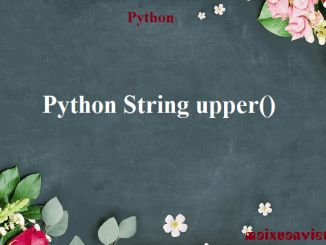
Python String upper()
In this tutorial, we will learn about the Python String upper() method with the help of examples. The upper() method converts all lowercase characters in a string […]

In this tutorial, we will learn about the Python String upper() method with the help of examples. The upper() method converts all lowercase characters in a string […]
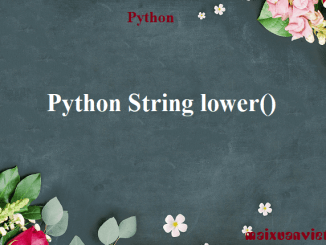
In this tutorial, we will learn about the Python String upper() method with the help of examples. The lower() method converts all uppercase characters in a string […]

The string rjust() method returns a right-justified string of a given minimum width. The syntax of rjust() method is: Here, fillchar is an optional parameter. 1. String rjust() Parameters […]

The string ljust() method returns a left-justified string of a given minimum width. The syntax of ljust() method is: Here, fillchar is an optional parameter. 1. String ljust() Parameters […]

In this tutorial, we will learn about the Python String join() method with the help of examples. The join() string method returns a string by joining all […]
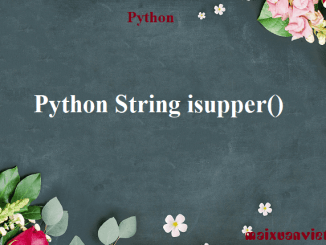
The string isupper() method returns whether or not all characters in a string are uppercased or not. The syntax of isupper() method is: 1. String isupper() Parameters […]
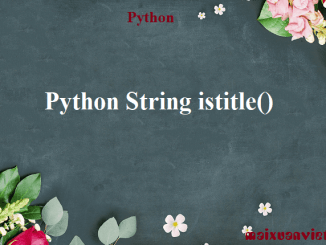
The istitle() returns True if the string is a titlecased string. If not, it returns False. The syntax of istitle() method is: 1. istitle() Parameters The istitle() method doesn’t […]

The isspace() method returns True if there are only whitespace characters in the string. If not, it return False. Characters that are used for spacing […]
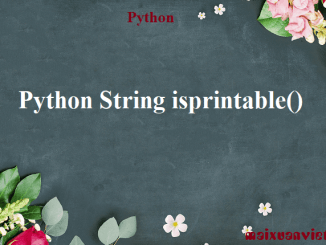
The isprintable() methods returns True if all characters in the string are printable or the string is empty. If not, it returns False. Characters that […]
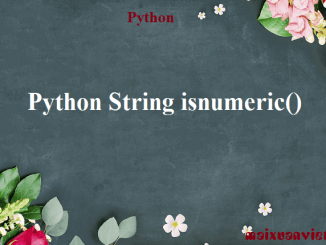
The isnumeric() method returns True if all characters in a string are numeric characters. If not, it returns False. A numeric character has following properties: […]
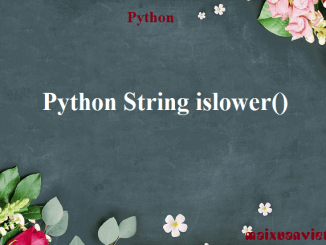
The islower() method returns True if all alphabets in a string are lowercase alphabets. If the string contains at least one uppercase alphabet, it returns […]
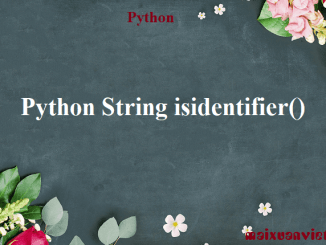
The isidentifier() method returns True if the string is a valid identifier in Python. If not, it returns False. The syntax of isidentifier() is: 1. isidentifier() Paramters […]
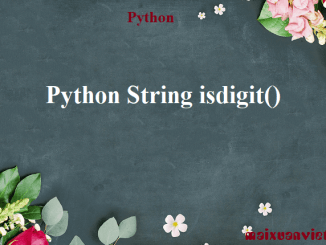
In this tutorial, we will learn about the Python String isdigit() method with the help of examples. The isdigit() method returns True if all characters in a string are […]
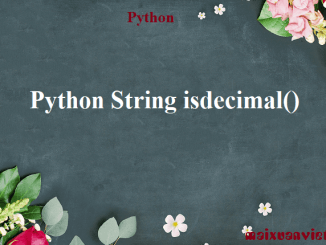
The isdecimal() method returns True if all characters in a string are decimal characters. If not, it returns False. The syntax of isdecimal() is 1. isdecimal() Parameters […]
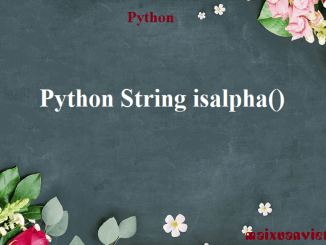
The isalpha() method returns True if all characters in the string are alphabets. If not, it returns False. The syntax of isalpha() is: 1. isalpha() Parameters isalpha() doesn’t […]
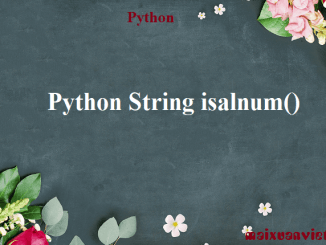
The isalnum() method returns True if all characters in the string are alphanumeric (either alphabets or numbers). If not, it returns False. The syntax of isalnum() is: […]
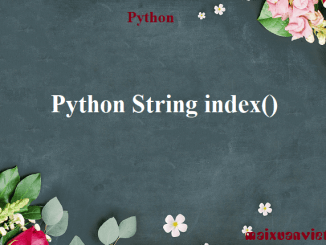
In this tutorial, we will learn about the Python index() method with the help of examples. The index() method returns the index of a substring inside the […]
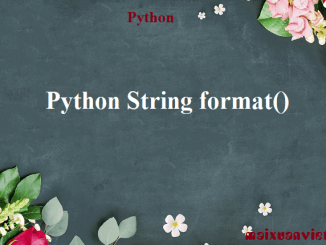
The string format() method formats the given string into a nicer output in Python. The syntax of the format() method is: Here, p0, p1,… are positional arguments and, k0, k1,… are […]

In this tutorial, we will learn about the Python String find() method with the help of examples. The find() method returns the index of first occurrence of […]
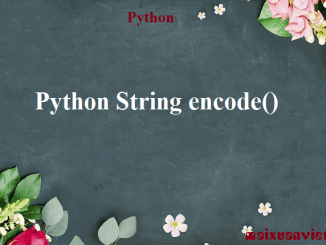
In this tutorial, we will learn about the Python String encode() method with the help of examples. The encode() method returns an encoded version of the given […]
